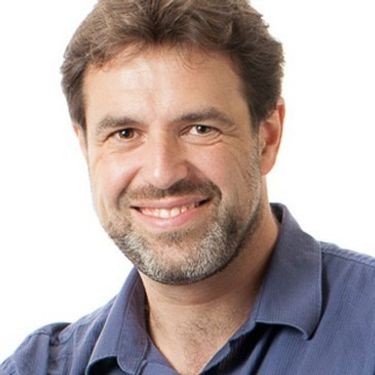
David Grenet
Sessions in which David Grenet attends
Not scheduled
Evidence consistently demonstrates that aging is associated with declines to cerebrovascular health. Sex distinctions have been identified as well, where studies have shown that cerebral blood flow (CBF) declines linearly across the lifespan in both sexes, yet females have greater CBF compared to males [1]. Cerebrovascular reactivity (CVR) has also been identified as a marker of cerebrovascular health and is shown to decline with age [1,2], but the potential sex differences are currently uncl...
Background: Recovery kinetics following cardiopulmonary exercise testing (CPET) have yet not been described in people with OSA and comorbid insomnia (COMISA). Our objectives were to i) describe heart rate recovery (HRR), oxygen recovery slopes (VO2/t) and time to half recovery of VO2max (T½) following CPET in COMISA; and ii) investigate their response to either one of the following: 16 weeks of exercise training (Ex) or 8 week-relaxation control intervention followed by 8 weeks of exercise an...
Postural stability is a complex skill dependent upon the coordination of motor, sensory and cognitive systems (Woollacott & Shumway-Cook, 2002). The purpose of this project was therefore to explore how older adults' balance performance is impacted by increased cognitive load, hearing loss, and simulated vision loss. Twenty-seven older adults between the ages of 56 and 90 years (M = 74.74, SD = 9.51) were tested. Participants underwent standard sensory acuity, and cognitive functioning tes...
Monday 10 May, 2021
In this talk, we will present our recent developments in the context of Personalized functional Near Infra-Red Spectroscopy (fNIRS) investigations, which consist in optimizing placement of fNIRS sources and detectors on the head of the participant in order to maximize fNIRS sensitivity to some targeted brain regions, while allowing accurate local 3D reconstructions of fluctuations of oxy-hemoglobin and deoxy-hemoglobin along the cortical surface. Personalized fNIRS investigations could be ...
Near-Infrared Spectroscopy (NIRS) and diffuse correlation spectroscopy (DCS) are two established techniques which allow monitoring brain health non-invasively. With the foundation of our seminal NIRS-DCS work on neonates, we are developing novel devices and approaches to better quantify cerebral blood oxygenation, cerebral blood flow and oxygen metabolism in the clinical setting both in children and adults. In particular, in the last few years we have made substantial progress on D...
Wednesday 12 May, 2021
With aging, there are declines in sensorimotor functions such as fine motor control, gait and balance. Moreover, the largest age differences in brain structure are observed in the motor and somatosensory cortices. A key question of interest is why some individuals are more resilient than others to these functional declines. I will describe my findings showing that, in some cases, individual differences in sensorimotor system structure and function are associated with motor performance meas...
Safe mobility is vital to the functional independence of older adults. Executive functions such as working memory updating and dividing attention play an increasingly important role in supporting mobility in old age. This talk describes recent studies that examine the influence of cognitive and sensory challenges to complex motor performance. Featured are recent cognitive training and exercise intervention studies designed to target executive functions to improve mobility and cognition in old...



